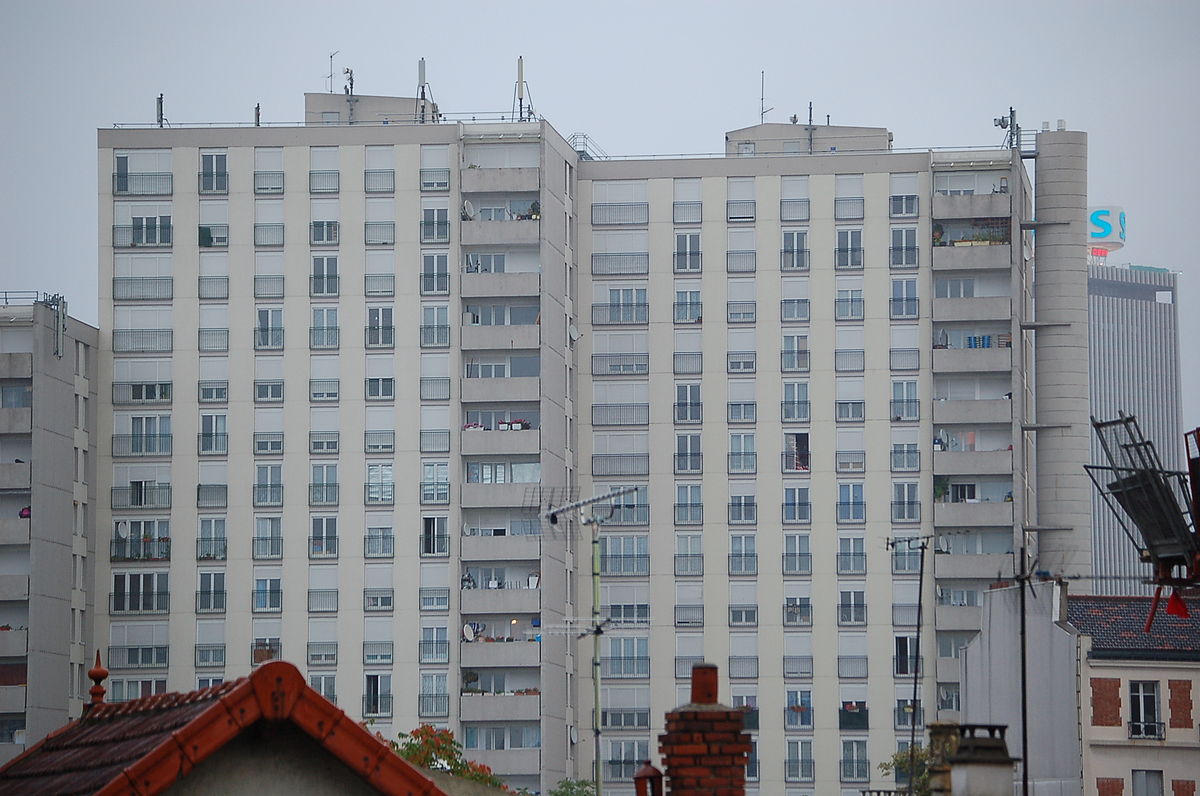
Paris Post-war
Paris, FranceAt the end of the Second World War, most Parisians were living in misery. Industry was ruined, housing was in short supply, and food was rationed. The population of Paris did not return to its 1936 level until 1946, and grew to 2,850,000 by 1954, including 135,000 immigrants, mostly from Algeria, Morocco, Italy and Spain. The exodus of middle-class Parisians to the suburbs continued. The population of the city declined during the 1960s and 1970s before finally stabilizing in the 1980s.
In the 1950s and 1960s, the city underwent a massive reconstruction, with the addition of new highways, skyscrapers, and thousands of new apartment blocks. Beginning in the 1970s, French Presidents took a personal interest leaving a legacy of new museums and buildings: President François Mitterrand had the most ambitious program of any President since Napoleon III. His Grands Travaux included the Arab World Institute (Institut du monde arabe), a new national library called the Bibliothèque François Mitterrand; a new opera house, the Opéra Bastille, a new Ministry of Finance, Ministère de l'Économie et des Finances, in Bercy. The Grande Arche in La Défense and the Grand Louvre, with the addition of the Louvre Pyramid designed by I. M. Pei in the Cour Napoléon.
In the post-war era, Paris experienced its largest development since the end of the Belle Époque in 1914. The suburbs began to expand considerably, with the construction of large social estates known as cités and the beginning of La Défense, the business district. A comprehensive express subway network, the Réseau Express Régional (RER), was built to complement the Métro and serve the distant suburbs. A network of roads was developed in the suburbs centered on the Périphérique expressway encircling the city, which was completed in 1973.
In May 1968, a student uprising in Paris led to major changes in the educational system, and the breakup of the University of Paris into separate campuses.
Paris had not had an elected Mayor since the French Revolution. Napoleon Bonaparte and his successors had personally chosen the Prefect to run the city. Under President Valéry Giscard d'Estaing, the law was changed on December 31, 1975. The first mayoral election in 1977 was won by Jacques Chirac, the former Prime Minister. Chirac served as Mayor of Paris for eighteen years, until 1995, when he was elected President of the Republic.
